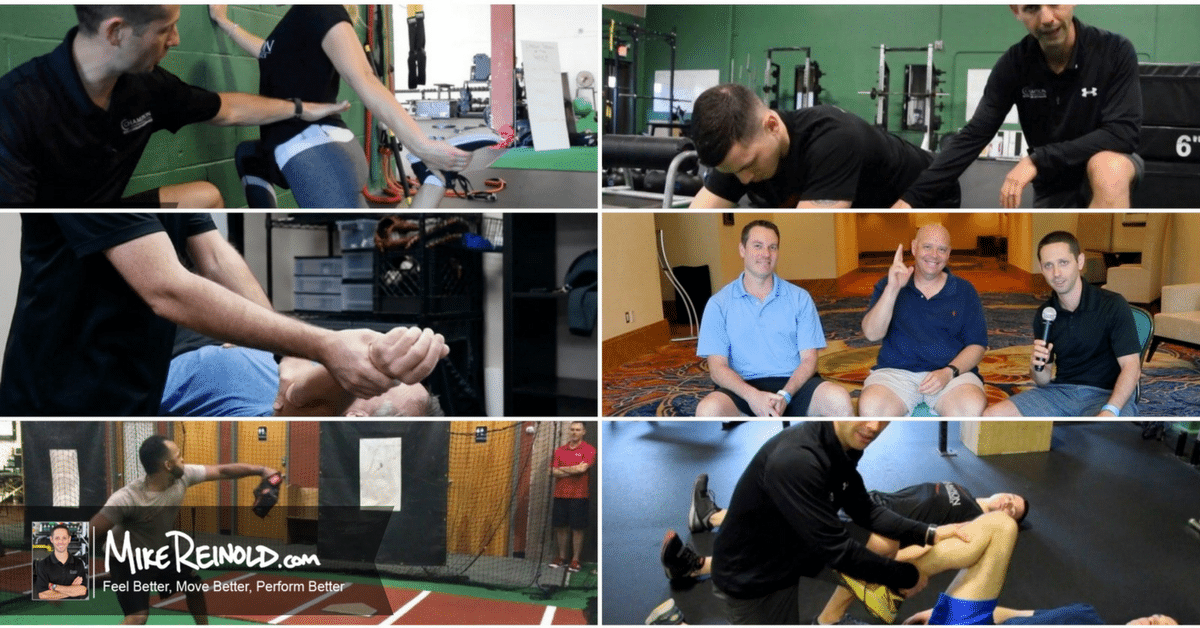
The past several days have been interesting! If you haven’t heard yet, the New York Times published an article on physical therapy that was not very positive, questioning the efficacy of our profession. The article goes into detail asking why not just go to a gym rather than physical therapy?! The author did a terrible job with the article and took a very small sample and total blew it our of proportion.
This has created a large stir, obviously and rightly so, within our profession. Many of you have emailed me and I have already been in many email chains with people around the country discussing. If you haven’t read it, here is the link to view the article:
http://www.nytimes.com/2010/01/07/health/nutrition/07best.html
The disappointing aspect of the article is that Dr. Jay Irrgang in Pittsburg was quoted throughout the article and his comments did not help defend our profession, maybe even hurt it a little bit! Also, don’t forget that Dr. Irrgang is the current president of the Orthopedic Section of the APTA.
To defend Dr. Irrgand, who is a great contributor to our profession, participated in an email chain with myself and many other notable therapists in the country. His response clearly expressed disappointment in the author of the article and her attempts at manipulating his comments etc. He was initially asked a simple question:
Are there randomized controlled trials for physical therapy for sports-related injuries such as tendinosis?
His response was clear and accurate:
There are randomized trials to support interventions that are commonly used by physical therapists for the treatment of tendinosis including the use of eccentric exercises.
Apparently, he was not completely aware of the intent of the article and was just answering interview questions that seemed simple at the time. However, all of his responses were not included and his comments were cherry-picked to create the illusion of what the author was trying to relay. Dr. Irrgang even sent me the list of references that he provided to the author showing the efficacy of physical therapy for various treatments like impingement, patellofemoral pain, ACL reconstruction, etc. It appears, as usual, that the author manipulated Jay to convey the story the way she wanted it to appear!
There was a large amount of reader comments (182) that were mostly positive regarding the profession, some even saying that “physical therapy saved my life.” There are also many PT’s that were able to comment and defend. But interesting enough the New York Times stopped allowing comments to the article. This is disappointing as articles like this do not do our profession justice. We should at least have the right to discuss. Isn’t that what the internet is supposed to be about in 2010, online discussion and collaboration?
Don’t get me wrong, there are likely lousy therapists in this world, just like there are lousy people in every profession, but we can not simply define our profession by one bad experience.
What is the Take Home?
Articles like this really motivate me to continue promoting evidence-based medicine. Don’t get me wrong, I too get sick of the extreme evidence-based clinicians that will only perform treatments that have published scientific efficacy. This is an extreme and our profession is a balance of art and science. Let’s be honest about that. But negative perceptions within the media about physical therapy being a waste are likely true if you are just treating your patients with heat, ultrasound, ESTIM, and ice. This is NOT physical therapy! I would be naive to say that this does not happen, but this is the exception not the norm!
So let this be your motivation, if you find yourself falling into the grind and relying on modalities (for example) for your treatments, stop and think about what else you could be doing. If you are one of these clinicians, question the efficacy of what you are doing. Ask “why?” Read more, pick up a new book or journal, go to a CEU course or anything else to stimulate your brain. We are all better than that and as I always say in my presentations, we are not just clinicians, we are scientists. Act like one.
Unfortunately, “clinicians” like this probably aren’t reading this website…
Sign up for my FREE newsletter for even more great content!




